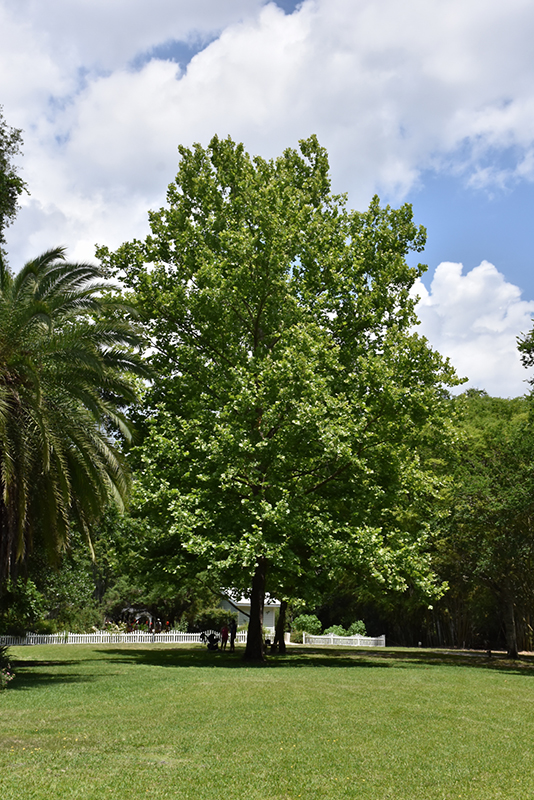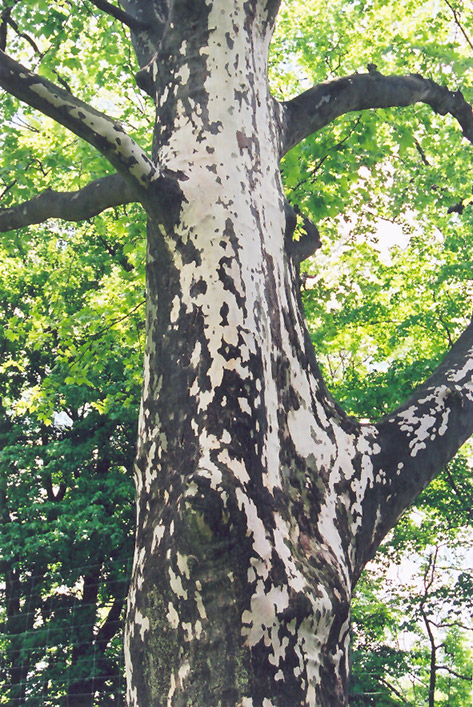>> Home
Height: 90 feet
Spread: 70 feet
Sunlight:
![]()
Hardiness Zone: 5
Other Names: American Planetree, Buttonwood
Description:
A common riverbank tree in eastern North America, with a large, spreading habit of growth, interesting leaves and beautiful creamy white mottled bark; large and imposing, a great shade tree for larger landscapes; somewhat susceptible to disease
Ornamental Features
Sycamore has rich green deciduous foliage on a tree with an upright spreading habit of growth. The large serrated lobed leaves turn coppery-bronze in fall. The mottled silver bark is extremely showy and adds significant winter interest.
Landscape Attributes
Sycamore is a deciduous tree with an upright spreading habit of growth. Its relatively coarse texture can be used to stand it apart from other landscape plants with finer foliage.
This is a high maintenance tree that will require regular care and upkeep, and is best pruned in late winter once the threat of extreme cold has passed. It is a good choice for attracting squirrels to your yard, but is not particularly attractive to deer who tend to leave it alone in favor of tastier treats. Gardeners should be aware of the following characteristic(s) that may warrant special consideration;
- Messy
- Disease
Sycamore is recommended for the following landscape applications;
- Shade
Planting & Growing
Sycamore will grow to be about 90 feet tall at maturity, with a spread of 70 feet. It has a high canopy of foliage that sits well above the ground, and should not be planted underneath power lines. As it matures, the lower branches of this tree can be strategically removed to create a high enough canopy to support unobstructed human traffic underneath. It grows at a medium rate, and under ideal conditions can be expected to live to a ripe old age of 100 years or more; think of this as a heritage tree for future generations!
This tree should only be grown in full sunlight. It prefers to grow in average to moist conditions, and shouldn't be allowed to dry out. It is not particular as to soil type or pH. It is somewhat tolerant of urban pollution. This species is native to parts of North America.

